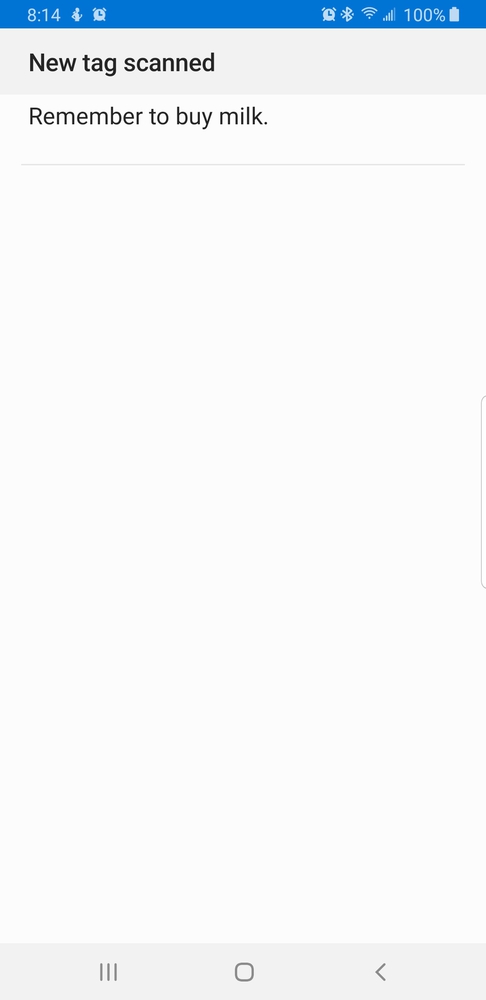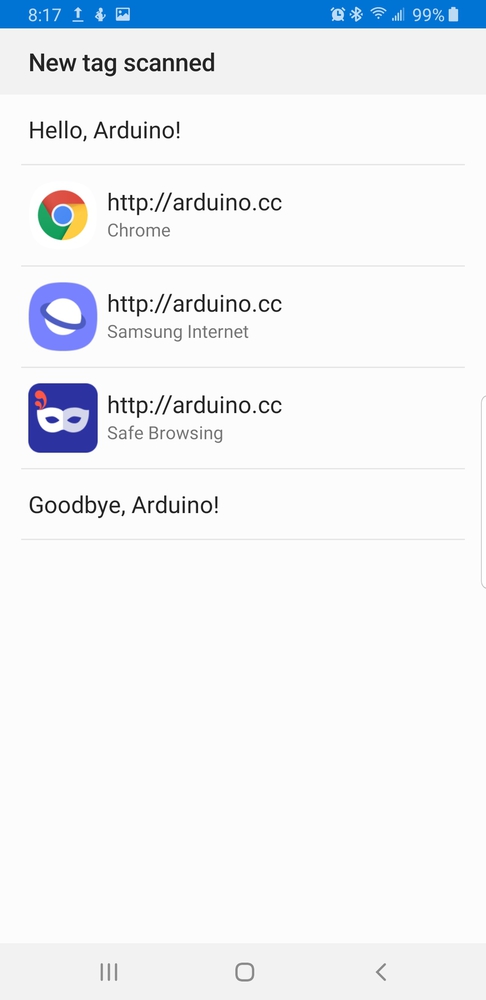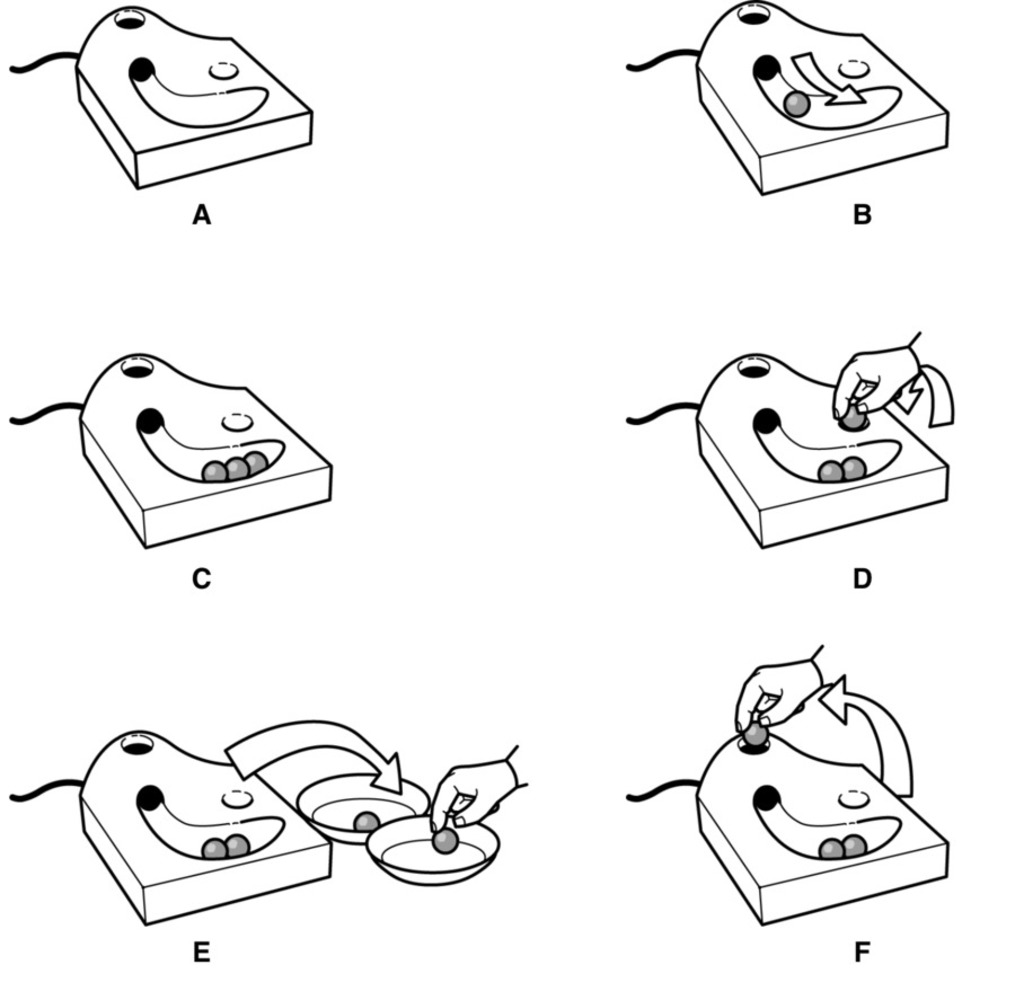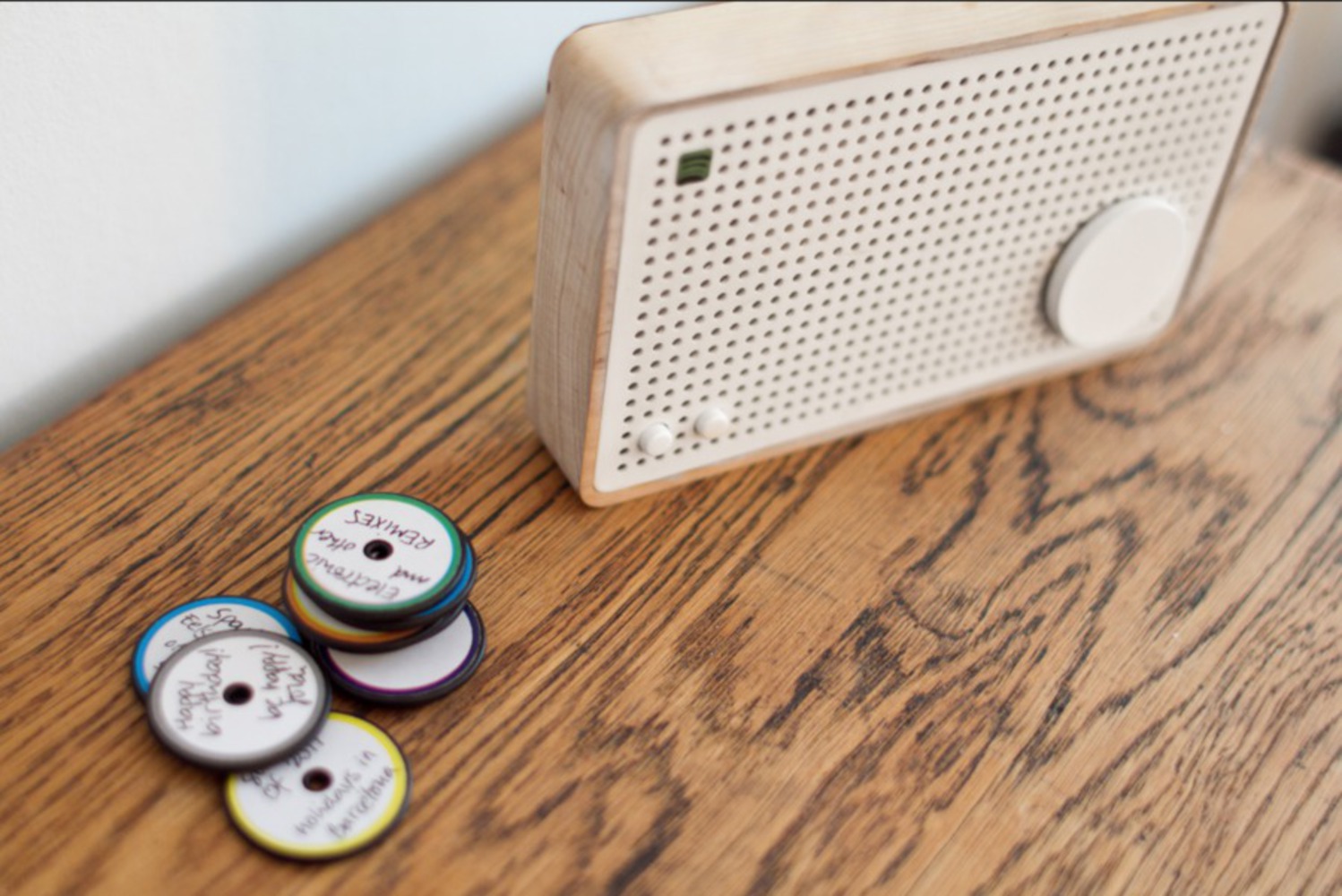Intention
Write about the big ideas behind your project? What are the goals? Why did you make it? What are your motivations?
With the advent of digital technology and electronic information systems, much our daily interaction with the world has become virtual from business transactions to shopping and entertainment. As physical beings, this has a profound influence on the way we learn and perceive everyday moments. When experiences become virtual, they become easier to forget. They lose the significance they would possess in a more tactile environment. After all, sight and hearing, the senses dominantly used in our virtual interactions, are only two of five senses, and our mind uses these five in unison to help solidify our experiences into long-term memory. Even activities that are non-digital and yet seem purely visual, like reading a book or newspaper, have elements of other sensory input such as the tactile qualities and smell of the pages. These small details add context to our experiences, and context is very important in the process of linking new memories to preexisting ones. In a world without smell, taste, or touch, memories become more cursory and fleeting. This invention imbues some of that digital media, in this case, reminders, with a dimension of physical interaction via the use of NFC tagged objects. Through this project, we hope to determine the effects of physical interaction on the mind's ability to solidify memories of experiences with digital media.



